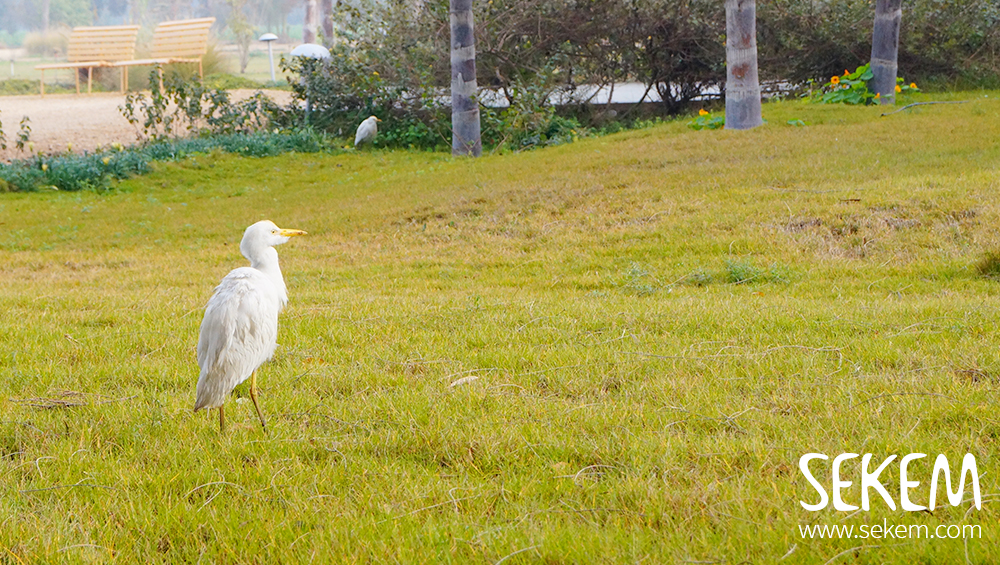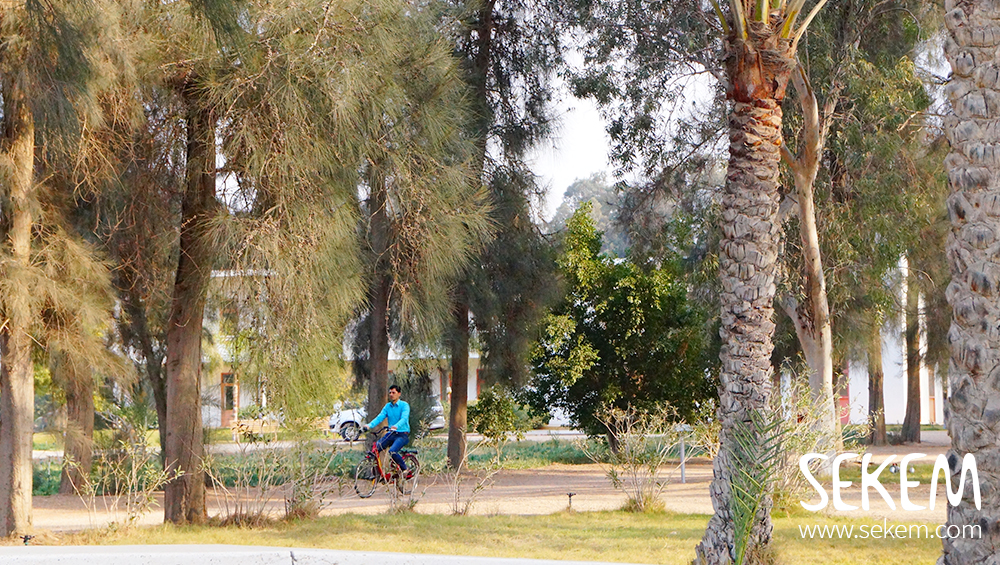“How a living and learning community is going to develop is one of my main thoughts since the SEKEM Vision came to my mind. From the beginning, there was this idea of a human community that by a permanent will of development, creates a living spirit that is sustainable and thereby building the perfect foundation to the future,” said the SEKEM Founder Dr. Ibrahim Abouleish once. With this vision, SEKEM started to become a community that is inclusive, safe and sustainable 40 years ago.
Yet, the uncontrolled increasing population of the country put more obstacles in the way to establishing sustainable communities. According to CAPMAS, more than 27% of the Egyptians are living below the poverty line, lacking access to the basics of good living standards. Meanwhile, rapid urbanization is expanding, resulting in slum areas of poor infrastructures that are vulnerable to natural disasters. Across the globe, there are around 883 million people living in slums under drastic environmental and hygienic conditions.
Cities have extremely high ecological footprints
With the beginning of the 21st century, humanity became the predominantly urban species, which dramatically changed the relationship between man and nature. Once, cities had their own ecological and economic system and were able to provide self-sufficient and sustainable services in cooperation with their hinterlands. With the upcoming mobilization, cities became less centers of civilization than mobilization. More than 80% of the global economic activities take place in cities. Their own hinterlands are no longer sufficient to supply the urban population. The bigger and richer a city is, the more it depends on the natural resources of the whole world. For example, cities have an extremely high ecological footprint: they occupy only 3% of the world’s surface, but consume three-quarters of the global resources and cause 75% of global emissions.

Cairo is one of the most-polluted cities worldwide
Reported by the World Health Organization (WHO), around 4.2 million people worldwide died in 2016 as a result of high levels of ambient air pollution, mainly from burning fossil fuels. In 2018, the WHO ranked Cairo the Egyptian capital as the second most-polluted megacity following New Delhi. But Egypt is also facing high measures of pollution on the countrysides. Its main freshwater source, the Nile River, becomes more and more contaminated by insecticides and chemical fertilizers from conventional agricultural practices.
The 11th goal of sustainable development calls for making cities and human settlements inclusive, safe, resilient and sustainable. Combating soil, water and air pollution is taken into consideration as one of the mandatory steps towards this goal; economic practices should then guarantee a reduction of the environmental and health damage costs and thereby enhancing people’s quality of life.
Sustainable communities versus megacities
SEKEM has been fostering these concerns for many years: with the dissemination of holistic biodynamic agricultural methods, renewable energies or a transparent circular economy.
Cultivating desert land does not only make soil fertile for sustainable food production but also creates the basis for the foundation of human communities. After 40 years, the SEKEM community itself is an example of how people can live, work and learn together in a sustainable, inclusive and secure way, without burdening the environment. By founding such communities, growing urbanization can be stopped; at the same time, the lost relationship between man and nature can be recalled, by creating a link between cities and the ecosystems from which they use the resources, which is absolutely necessary for regenerative urban development.
Learn more about what SEKEM is doing to realize SDG 2!
SDG 3: For Human Happiness and Well-Being

